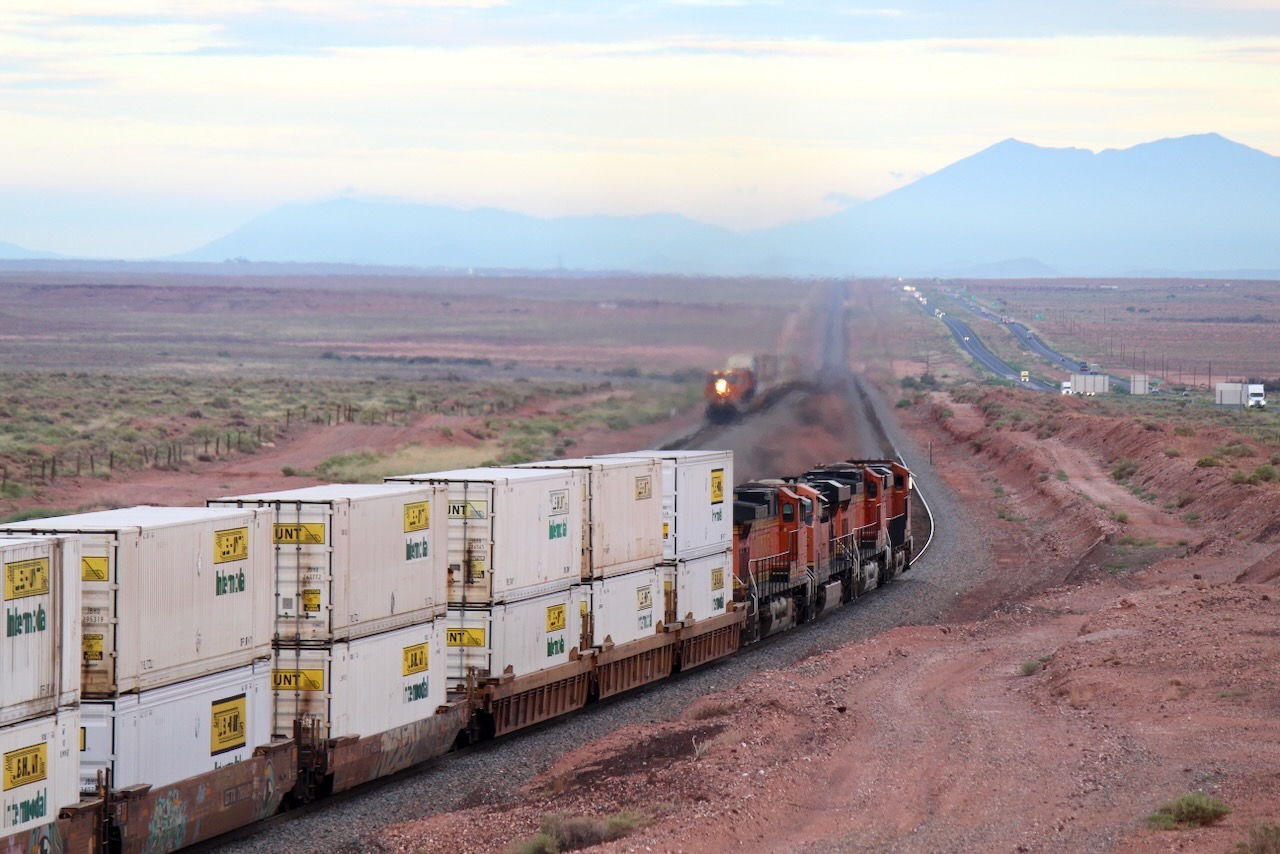
NEW YORK — Domestic intermodal service is running at historically low levels, with trains routinely arriving a day or two behind schedule, J.B. Hunt executives say.
“We never saw numbers like this before the pandemic,” Darren Field, J.B. Hunt’s intermodal president, told an investor conference this week. “It’s really a labor and crew issue for our rail providers.”
BNSF Railway is J.B. Hunt’s railroad partner in the west, while Norfolk Southern is its primary carrier in the east.
Service has yet to improve from levels seen in the second quarter as conductor hiring is going more slowly than the railroads expected. “And at this point it feels like we’re months away from getting it better, and that’s probably a 2023 story,” Field says.
“If we can get velocity picked up, it unlocks a lot of pent-up demand for intermodal service,” Field says. “Our shippers continue to tell us they want more from intermodal, but they need better service.”
Precision Scheduled Railroading operational changes have not brought about service improvements, Field says, and have instead pushed railroads away from their customers.
J.B. Hunt is encouraged by discussions with the new CEOs at BNSF and NS, both of whom are focused on growth. “Both of those leaders … care about what our customers have to say,” Field says of BNSF’s Katie Farmer and NS’s Alan Shaw, who previously served in marketing roles at their railroads.
Looking longer term, J.B. Hunt believes there are several major ways it can boost intermodal volume: Through economic growth, conversion of highway traffic to intermodal, increased transloading of international imported cargo at its facilities on the east and west coasts, and gaining market share.
But the biggest thing that will drive growth, Chief Financial Officer John Kuhlow says, is J.B. Hunt’s renewed partnership with BNSF.
The companies announced in March that they will significantly boost intermodal capacity in the next few years by adding containers, chassis, and well cars while expanding terminals and their capabilities.
J.B. Hunt will increase the size of its container fleet by 40% within the next three to five years, bringing it to as many as 150,000 53-foot boxes.
Ongoing service problems have made BNSF and Hunt cautious about announcing new initiatives, with the exception of a new intermodal terminal in Tacoma, Wash.
“We have to educate customers on what we are doing to expand capacity. It can’t be only about J.B. Hunt buying containers,” Field says. “We need the railroad to talk more about what they’re doing. The announcement in Tacoma was a great step and a signal to our customer base that we’re serious and that they are doing things differently. I mean, when was the last time a railroad actually announced the opening of a new terminal for lift capacity? That’s a great story and we’re going to launch service there next week.”
The Hunt executives spoke this week at the Deutsche Bank 2022 Transportation Conference.
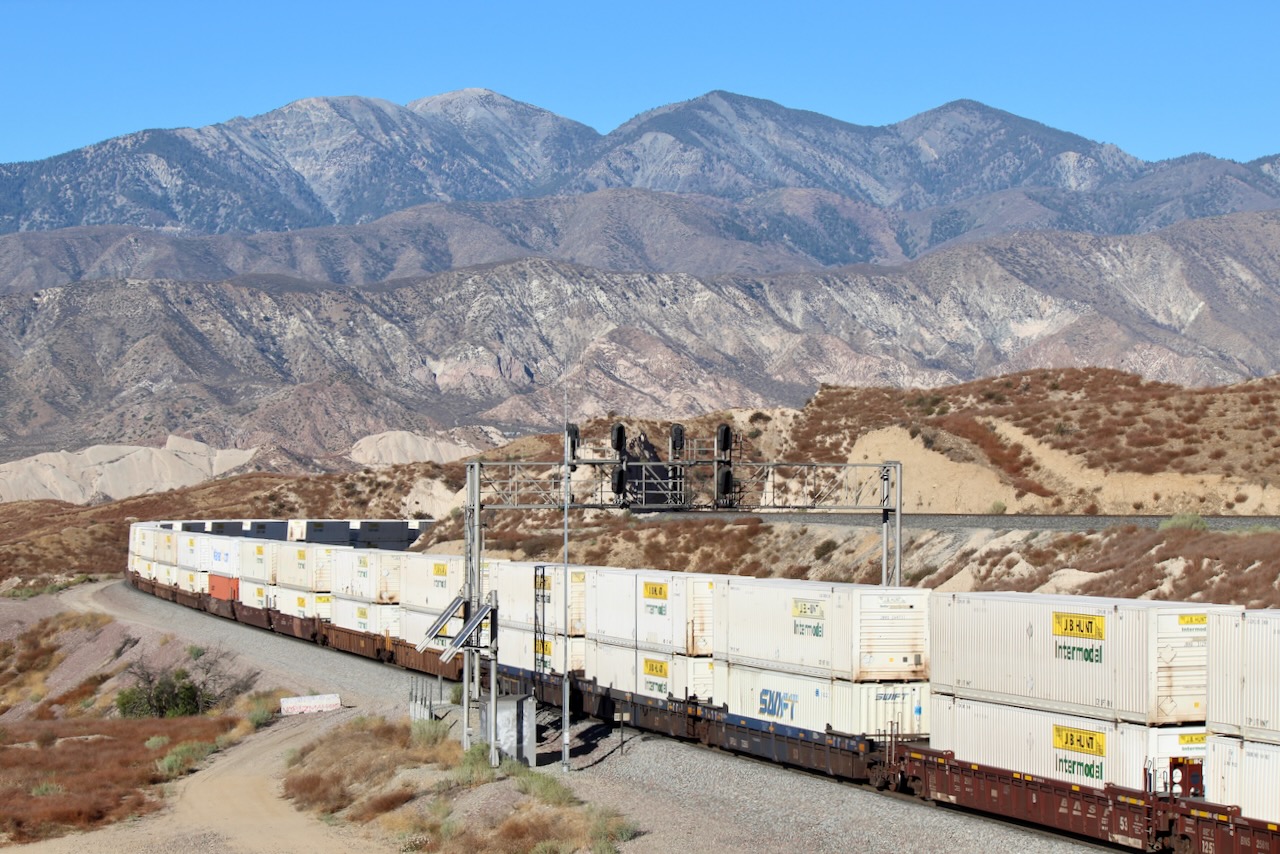






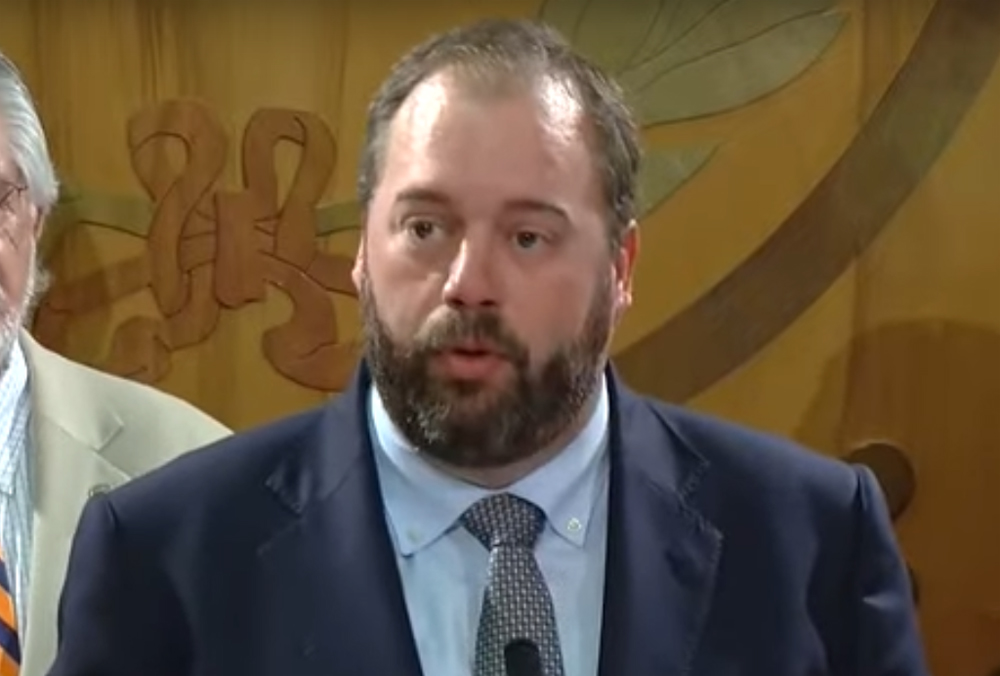
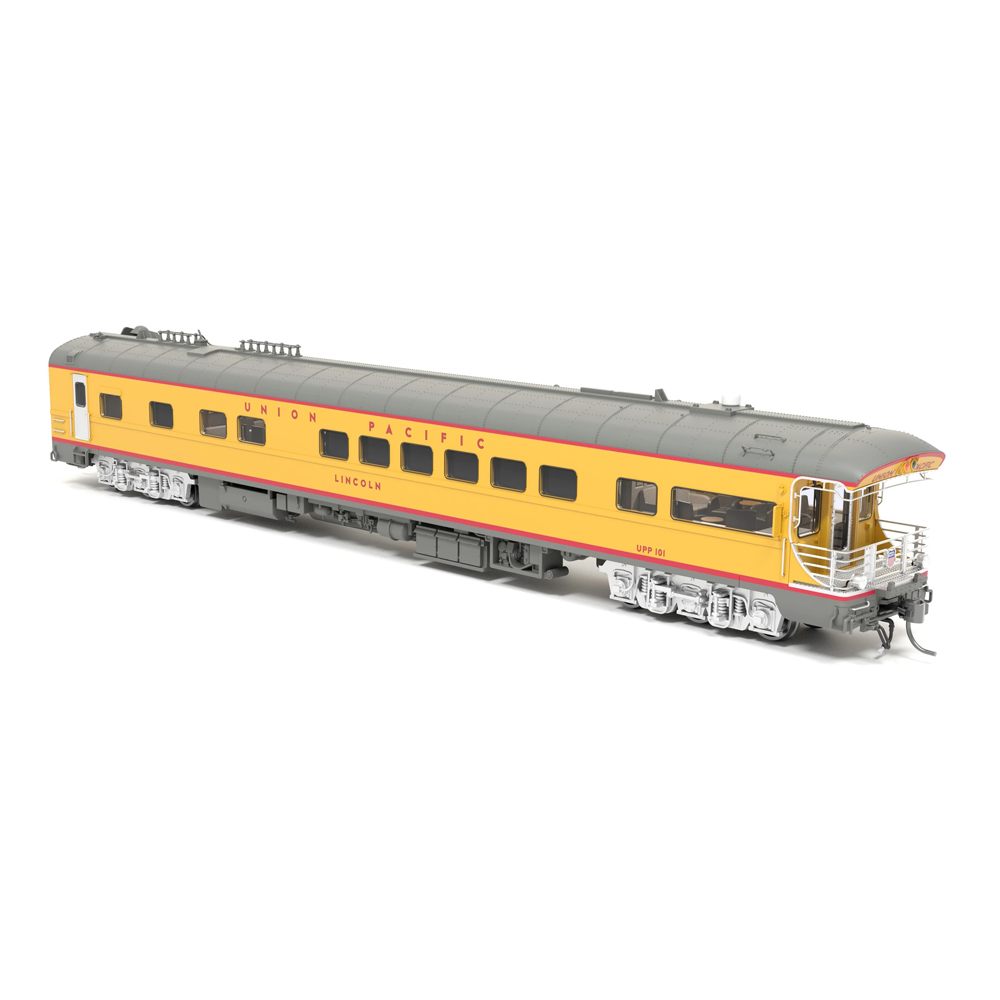
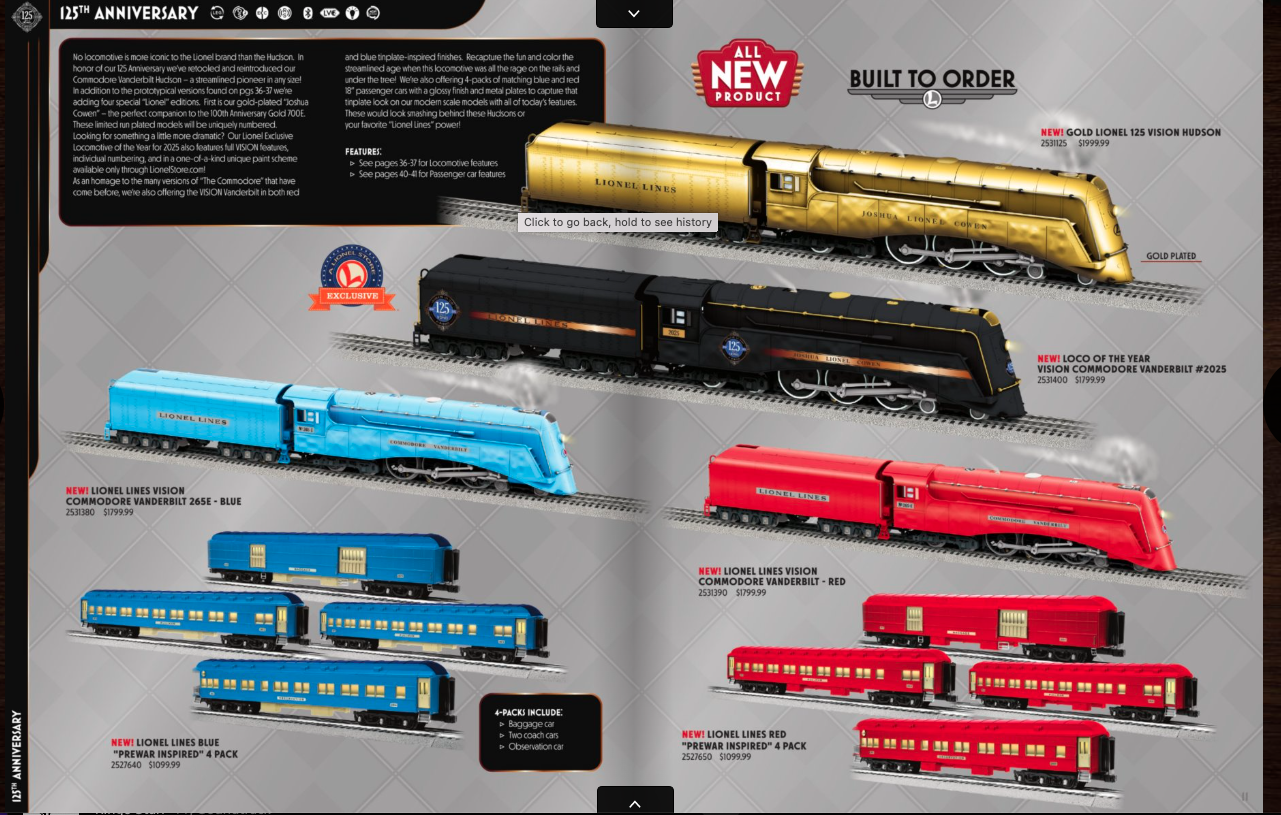





When the BLE refused (at first) to crew Triple Crown (TCS) trains from Detroit to KC, fearing cannibalization of current intermodal in the corridor, TCS said the “truck like” innovative service, though increasing hours across crew districts, was new business and would create new jobs, not loss of jobs. BLE balked and NS advised that if BLE was not on board, NS was ready to award trackage rights to TCS. BLE saw the light and crewed TCS trains. Perhaps such a scenario could play out with JBH Intermodal.
I spent considerable time in AZ and NM watching the BNSF. Lots of stack, autos, and manifests sit or chug along slowly west of Belen. The only trains that continue to move seem to be Z trains. FedEx, UPS-heavy Z trains with lots of Amazon packages will still move at 65-70 for long stretches along I-40. They pass lots of sitting trains.
I wonder if JB Hunt was one of the customers told that they had to many carloads on the rails and should cut back.?
How long before a big trucking company or a consortium of them buy a regional or a major stake in a railroad and start to make it run? Are giant railroads like UP or BNSF or CSX or NS really a good idea for the economy as a whole? Is re regulation the only antidote to wall street fixation?
Raymond Trains did do a what if article of trains being crewed like trucks years ago. Terminals would be a place for crews to eat and shower. And I think it mentioned having a sleeper bunk. However, the reality of railroading would make it tough. That’s a lot of territory to be qualified over. And the railroads have become addicted to technology. A engineer can spend as much time, if not more, monitoring the screens and not paying attention to much else. Then when things go wrong the engineer gets the blame. And when things go terribly wrong, what then?
J.B.Hunt should negotiate running rights for their own trains on BNSF and/or NS including their own locos (leased/owned) PLUS their own engineers (different union or non-union) they could be owner/operator) with two engineers per train (trade off along the way every few hours) and run through all terminals until hours are up. Perhaps even crossing end of RR (interchange) to destination.
Make any sense? Why not? Hunt leases/owns containers, trucks hires drivers (owner/operators) etc. Go one step further! Can’t hurt to try. Existing setup sure isn’t working.
I cannot imagine the engineer and conductor morale at the big few railroads. I drove truck for 20 years and my average income the last 2 years was in the mid 70,000 buck range…Now imagine a engineer that has a mile or more of doublestack to control being told that crews have to be cut to one with the elimination of the conductor.
True this engineer knows that he or she makes double the salary of a truck driver; and if on the interstate it would require hundreds of drivers to make the same run.
I cannot imagine the feeling and unprintable words this crew of two experiences when a knuckle a mile or more back fails and this intermodal drag freight comes to a stop on a mountain pass. Now that one engineer must wait for a traveling conductor in a pickup to figure a way to the break in the train.
Now lets imagine you are on the Southwest Chief and you find out that you will be delayed for the next several hours.
I am the most surprised that BNSF has taken the labor be damned attitude of the other roads who answer to Wall Street morons. Idid think that Berkshire Hathaway was smarter than that and not just consumed by quarter to quarter results knowing full well that the pandemic would make a mess of things for a while.
In the 1960’s DRG@W started running trains between Denver and Salt Lake like streetcars as the great David Morgan used to put it and it barely added to the bottom line because crews were much more efficiently used with multiple trains per day ; instead of the two a day drag freights over the Rockies.
Hope some day the industry can get out of the 1915 drag era back to service.
Bill Stephens’ fine Winslow, Ariz. top photo is a real gem, IF the date (August 2021) is correct. In October 2020 the BNSF Truxton (Ariz.) Flyover went into service, reversing the normal operating biases from right running to left running west of Winslow. IF Bill’s dated photo is correct, his photo caught the opposite of the new normal running!
Precision Scheduled Railroading operational changes have not brought about service improvements, Field says, and have instead pushed railroads away from their customers.
This statement is a wonderful
call to growth along with addressing climate issues.
Given our congestion problem here in Chicago, which I have to assume is not unique on the system, I am interested to see how well this additional volume is going to pass through BNSF terminals.
It’s one thing to run a 200-well stack train, it’s another to get them off and onto chassis – that aren’t there.
Hard to see how can BNSF grow if it retains its disastrous Hi-Viz policy that is driving so many employees (and potential new hires) away.